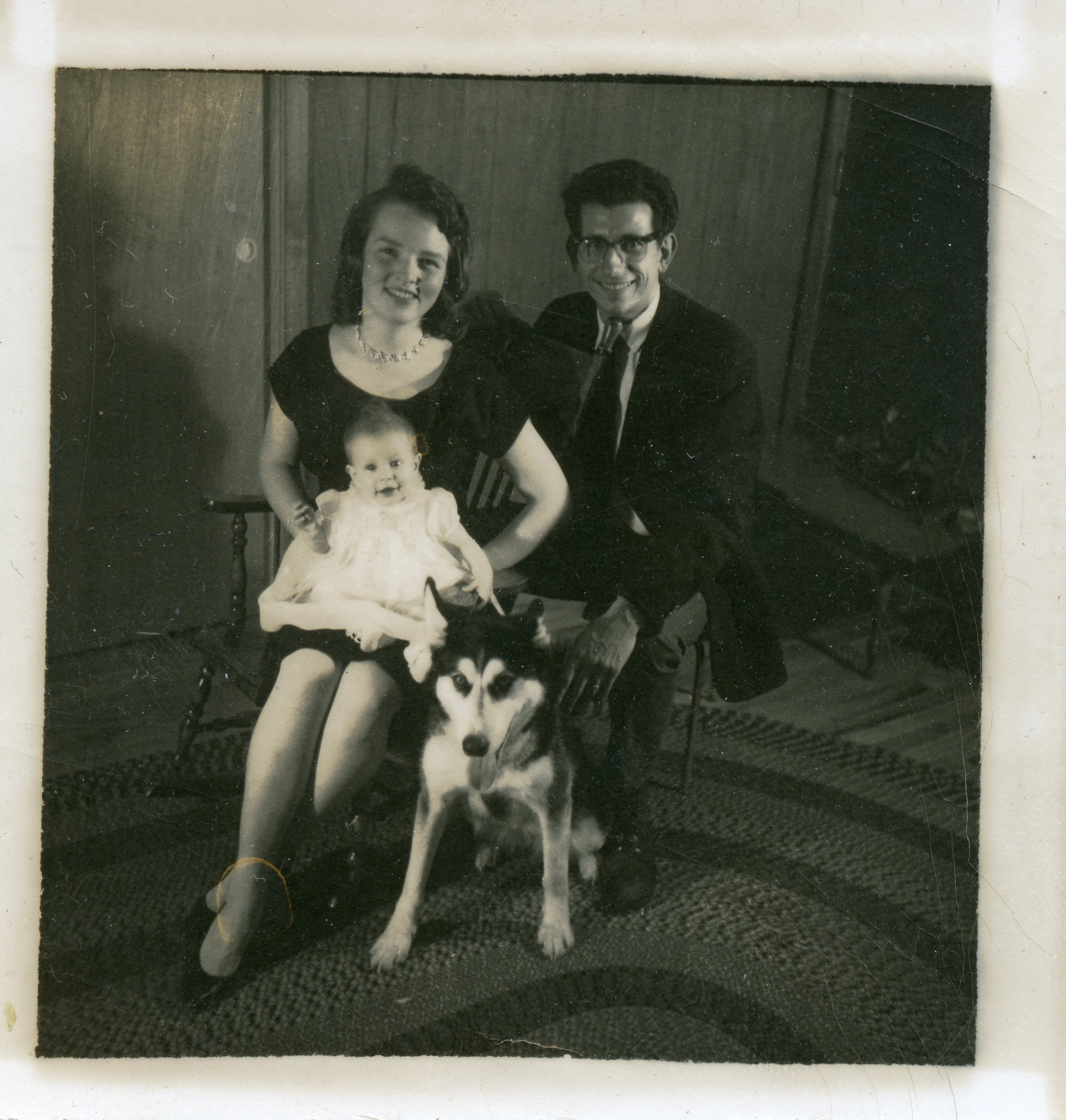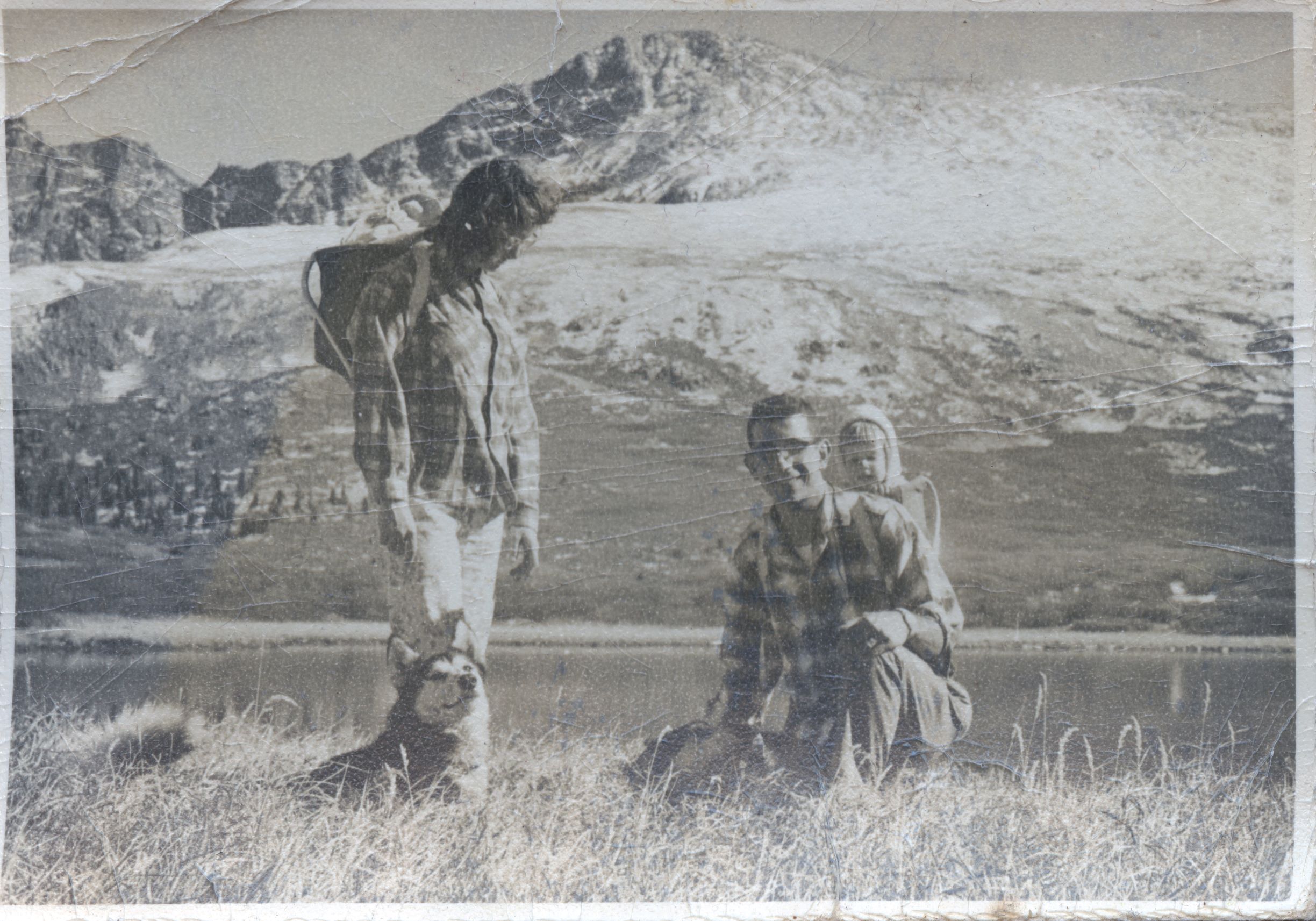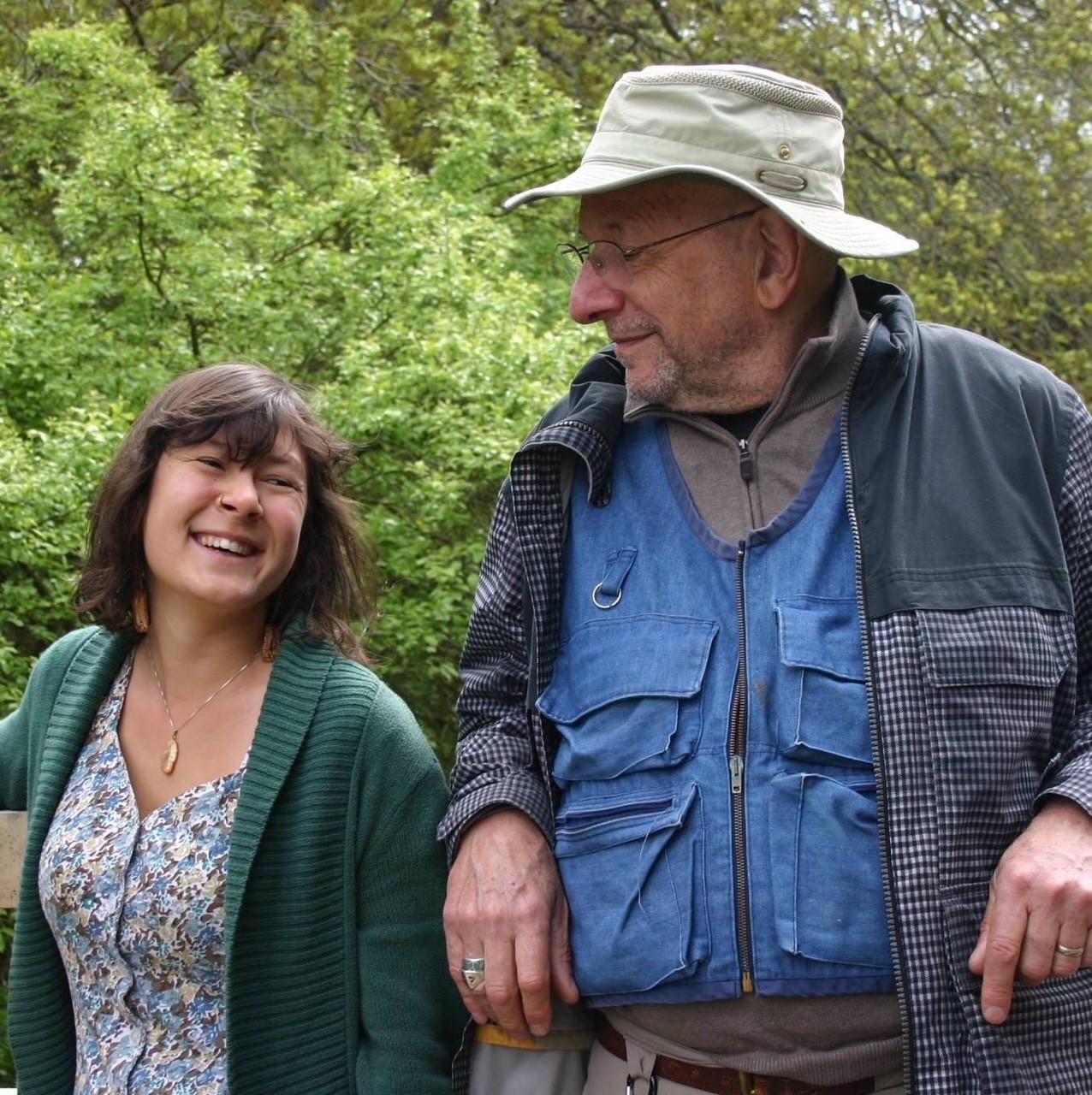Meiko Lunetta joined the Museum in April as a philanthropy manager

While no two days a are alike for her, she is focused on developing relationships with supporters of the Museum and helping them align their philanthropic priorities with the Museum’s mission. She’s not the first member of her family to work at the Museum. I caught her in between coffee meetings with Museum supporters to find out more about her family’s history here and why she wanted to share her talents with your Museum’s team.
What is your family’s connection to the Museum?
My grandfather, Donald (Don) Lunetta, was the curator of the planetarium and later juggled a second position as the Museum coordinator from 1960-1969.
As a coordinator, he initiated school group tours for schools outside of Denver County because he was passionate about creating access for everyone to the
Museum. It was the 60s when it seemed like everyone did a little bit of everything. However, being the curator of the planetarium was his main passion and focus during the near decade he was at the Museum.
As curator of the planetarium, he oversaw the technology aspects as well as the content of the programming. He gave multiple planetarium shows a day and traveled around the country to attend and present at conferences and to find the latest and greatest technology. This was before recorded shows, so everything was done live. Under his leadership, the planetarium served 90,000 people in 1967 alone.

Don Lunetta, Loretta Jo Lunetta and their daughter, Roslyn Lunetta.


My grandfather was spearheading the Museum’s work in the planetarium during the height of the space race. He was instrumental in the design, technology acquisition and opening of the Gates Planetarium, giving the first lecture and planetarium show when it was officially opened to the public. He was often on local TV news representing the Museum and specifically interviewed with John Palmer on NBC during the Apollo 8 and 10 missions. He also captured images of the moon and missions with the Museum’s
new technology to share with news stations.
My grandma, Loretta Jo Lunetta, was a volunteer at the Museum during the same time frame. She would work cataloging collections or help with educational tours. And my mom and her siblings grew up around the Museum, running around with flashlights after dark during evening planetarium shows if my grandfather was working late.
At what point did you start thinking, “Yeah, I want to work at the Museum, too.”?
I grew up listening to Museum stories. My grandfather was in his 20s when he worked here, which is younger than I am now. He was new in his career and was a bit of a wise guy. He was intelligent and goofy, so he loved practical jokes or pushing the envelope if something felt stuffy or constrained. Overall though, his connection to people and his love of teaching were his purpose. Hearing him share his experiences at the Museum really planted the seed for me—that I wanted to work at the Museum, too.
Funnily enough, it was my partner who gave me the nudge to pursue my dream of working at the Museum. He wanted to move to Denver and I said I’d only move if I could work at the Museum. I’m thrilled that that came true in for me earlier this year.

What was your relationship like with your grandfather growing up?
My grandfather was definitely my father figure growing up. I spent a lot of time with him when my mom was at work. He was a freelancer, so he’d take me to a lot of cool places with him for work or we’d just spend a lot of time together exploring outside. He loved astronomy. (Lunetta, our last name, means “little moon.”) We’ve always been a nature loving family. He got me into catching frogs and taught me all about birds. He and my grandma lived on a wetland swamp in Chappaqua, New York and they helped transform it into an
Audubon sanctuary and boardwalk, which still exists today.
He was my number one person on speed dial, kept me laughing and helped me explore life’s biggest questions.
He helped me learn how to learn.
He was my mentor and best friend.
How did your grandfather shape your love of nature and science?
My grandfather loved the outdoors his whole life.
From the time I was little, he would point things out and tell me what they were. As seasons changed, we would walk around the Audubon boardwalk next to their house and go through all the plants, animals and stars together – building my knowledge about how the natural world changes throughout the year.

Don Lunetta, Loretta Jo Lunetta and their daughter, Roslyn Lunetta, on a family trip in the mountains.


His favorite quote was by Francis Thompson: “Thou canst not stir a flower without troubling of a star.”
He really lived that way. To him, everything was connected, and our actions matter in the world; the way we treat our planet matters. He really instilled that in me too. He had me question things and he was a life-long learner, which he passed onto me. He was curious and playful, which I hope I have inherited from him as well. He would name frogs and he trained them to come to him when he called their names. (I’m sure the treats he offered helped, too.)
What is your favorite part about the work you do at the Museum?
I love hearing other people’s stories about their connections to the Museum.
This institution has been around for more than a hundred years, and there are so many people with stories about visiting or volunteering here. I also get to learn something new every day and then share that with others. My job is to share the excitement, and I love that.
Nature has been a cornerstone for me and the way I’ve lived my life. Exploring outside is my all-time favorite activity. I love the opportunity to dig deeper with our scientists and learn about the everyday science and education that goes on here.
One of the coolest things I’ve learned since starting at the Museum is how postgraduate fellow Gussie Maccracken looks at insect bite marks left in fossil leaves and is able to determine landscape and ecology. Can you imagine – using bug bites to help understand what life was like tens of millions of years ago? That being said, I really can’t pick one thing. There’s so much to learn here and so many incredible aspects of being part of this community.

Don Lunetta with his granddaughter, Meiko Lunetta.
Anything else you’d like to mention?
I’m really excited and grateful to be here, I hope I can leave the same legacy as my grandfather did. I’m excited to come full circle, learn how the Museum has evolved and to support the Museum for a long time to come.
ICYMI
It’s Good to be Green
We’re proud to partner with Zero Foodprint to help local farmers turn bad carbon into good carbon. Every time you dine at the Museum, you’re helping community farmers restore soil biology and pull tons of carbon (literally) out of the atmosphere. This brings soil back to life and replenishes nutrients for better farms, better food and a healthier climate. Helping the planet has never tasted so good! Visit dmns.org/sustainability for more.